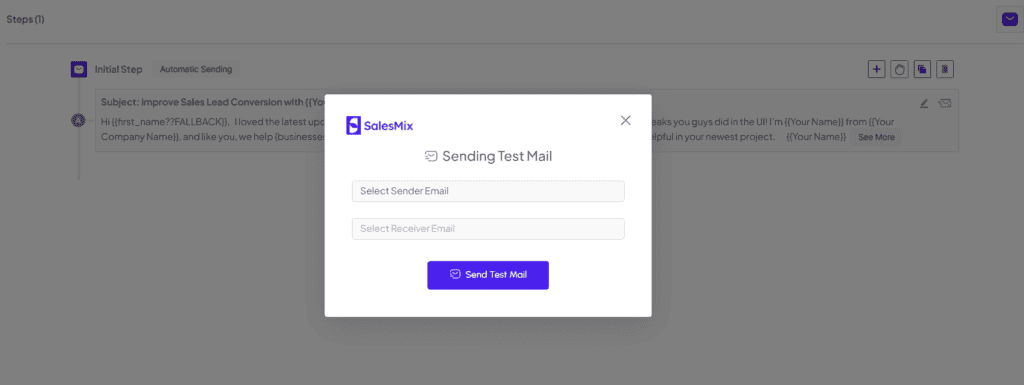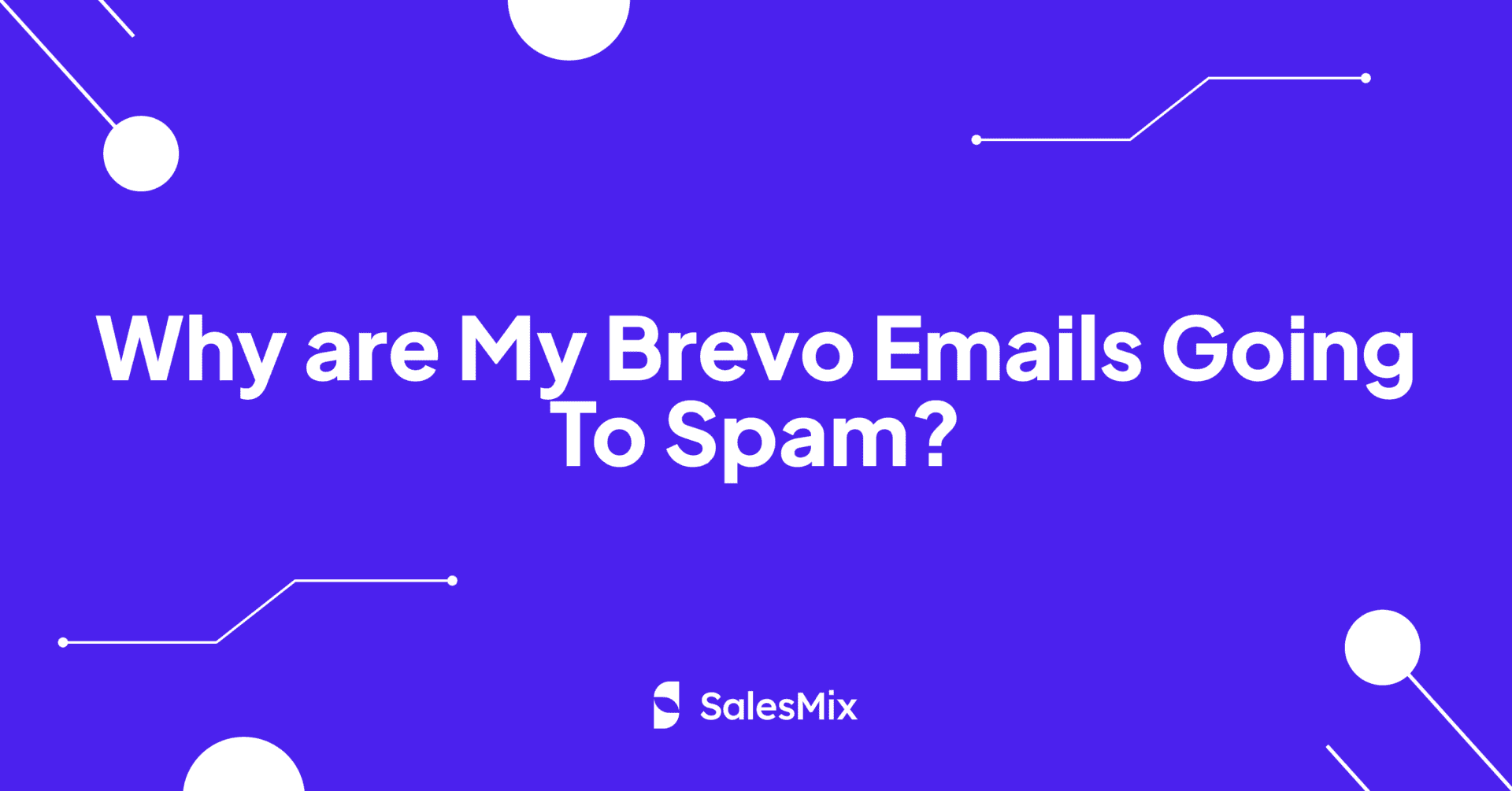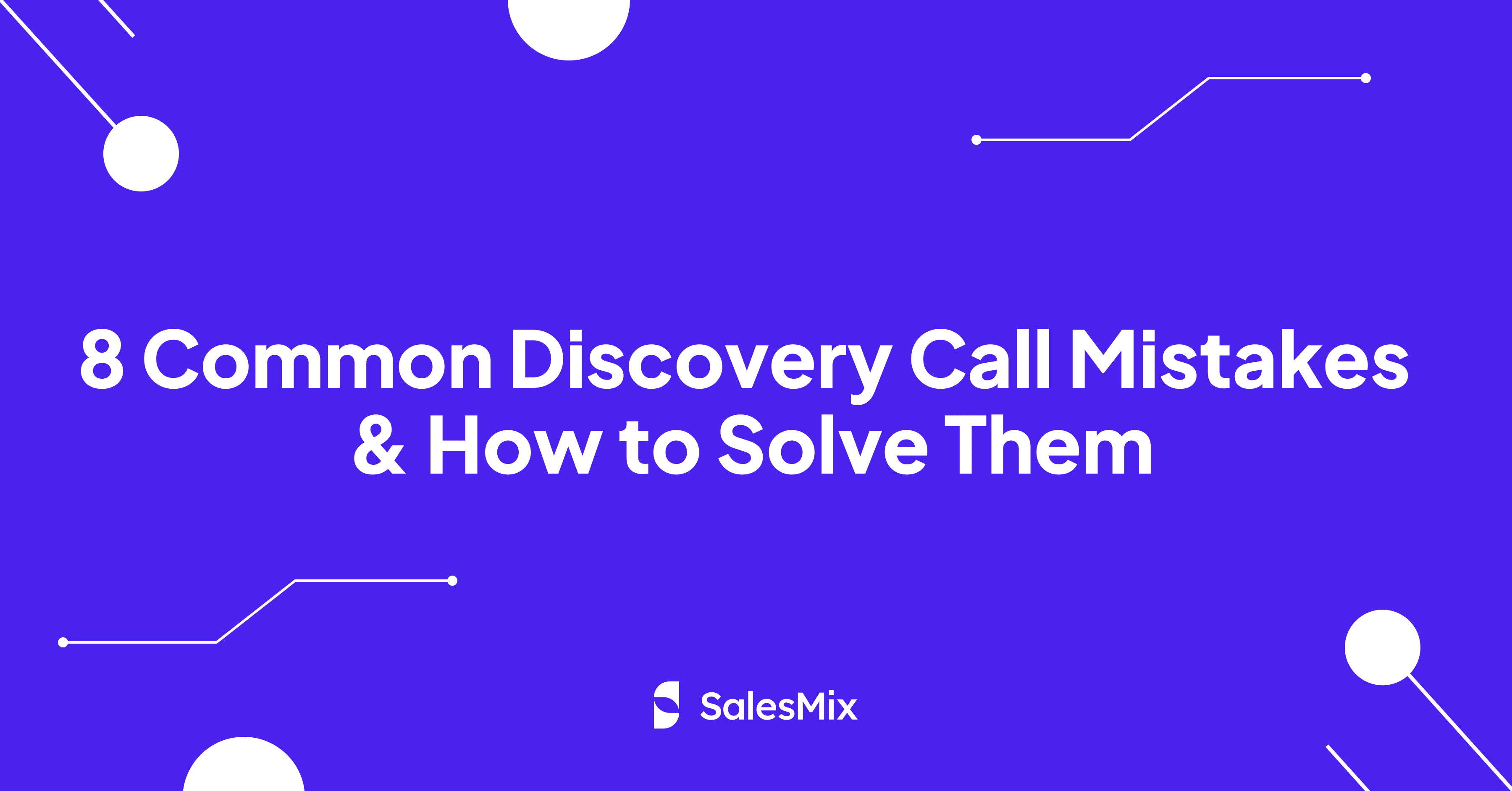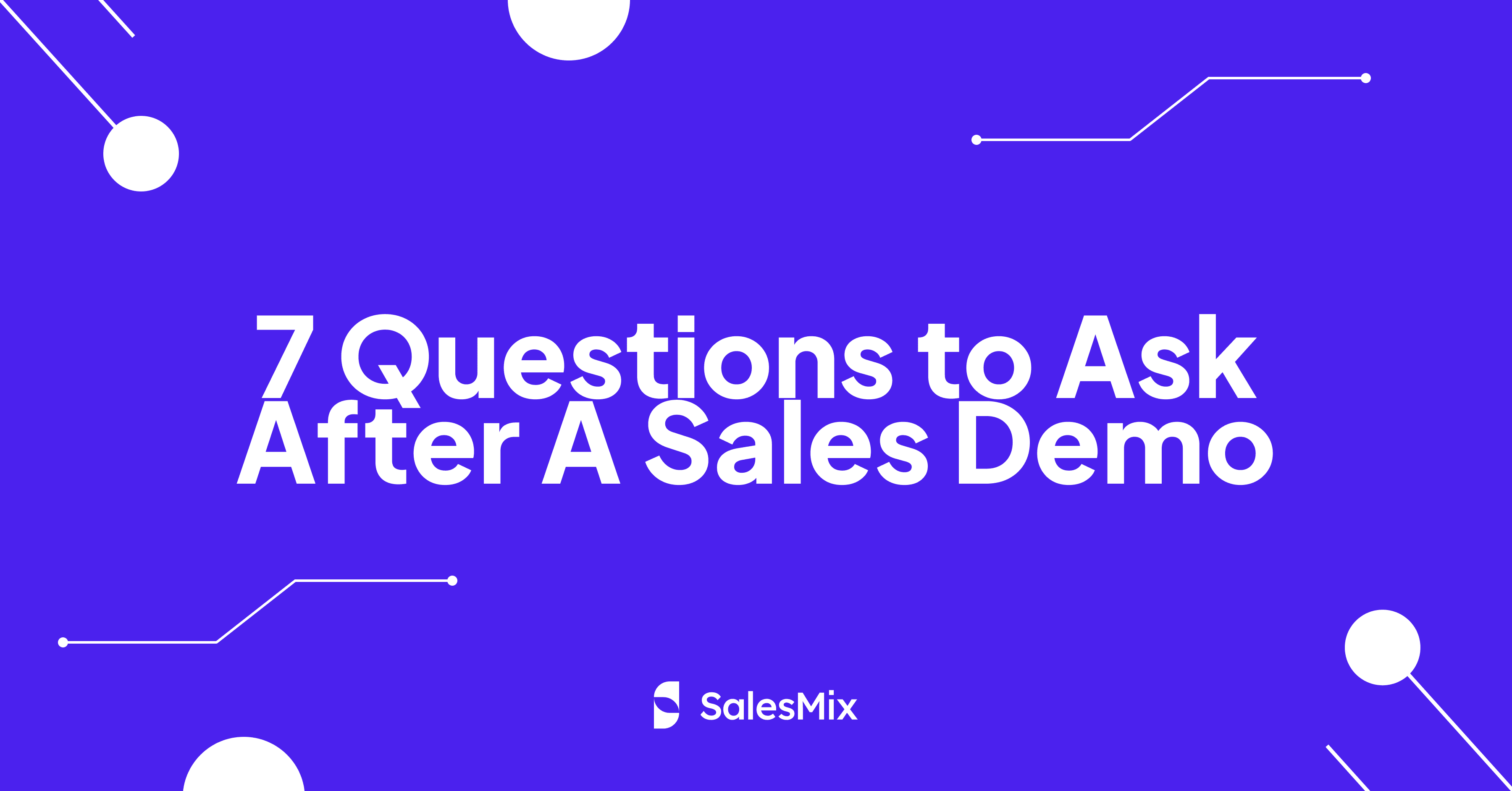Table Of Contents
Frustrated with your Brevo emails going to spam folder rather than your prospects’ inboxes?
Competing for better email deliverability can be a scary task, especially when your cold email campaign’s success hinges on your emails’ opening and engagement. If you’re facing this issue, you’re not alone, as many businesses using Brevo for their cold email campaigns encounter similar challenges sometimes.
Deliverability issues can stem from a variety of technical and strategic missteps and mistakes in the nuances of email content. Each factor is critical in deciding whether your emails hit the mark or miss it entirely by ending up in spam.
In this article, we will explore everything related to the common reasons why Brevo emails land in spam folders.
5 Reasons Behind Your Brevo Emails Going to Spam
We will now go through the top 5 reasons that make your cold emails not reach the intended inbox of your recipients.
1. Improper Email Authentication
Email authentication is a digital signature that verifies the email’s origin to the recipient’s email service. When you don’t correctly set up authentication protocols like SPF (Sender Policy Framework), DKIM (DomainKeys Identified Mail), and DMARC (Domain-based Message Authentication, Reporting, and Conformance), it signals to email providers that you might not be trustworthy.
Without proper authentication, sophisticated spam filters that protect users from unsolicited mail can easily flag these emails. When you send out emails in large volumes without authentication, there’s a high chance that these outreach efforts will fail to reach their intended recipients and end up in the spam folder.
2. Inadequate Warmup Process
When you launch cold email campaigns without properly warming up your email accounts, they risk immediate flagging by email service providers. The warmup process is essential to establish the email account as a legitimate sender in the eyes of these providers.
Skipping this crucial step can make your new account’s sudden high volume of emails appear suspicious. This behavior resembles spammer behavior, so it can eventually trigger Internet Service Providers’ (ISP) algorithms, which remain vigilant about protecting users from potential spam.

Automated and Proper Email Warmup in SalesMix
3. Not Having A Clean Email List
An unclean or outdated list typically contains inactive, invalid, and incorrect email addresses like [email protected] instead of Gmail or spam traps that ESPs and ISPs set up. The high bounce rates from sending emails to non-existent users are a red flag for email service providers as potential spamming activity.
When emails consistently bounce, or worse, even hits a spam trap, it suggests to providers that you are not managing your email outreach responsibly. This perception can quickly damage any positive sender reputation you might have built with the providers.

Maintain list hygiene by editing or deleting contacts in SalesMix.
4. Subject Lines & Content Trigger Spam Filters
Many cold email campaigns fall into the trap of using excessive promotional language or spam-trigger words such as “free,” “guarantee,” or “no risk.” These elements in subject lines or the email’s body content are typical markers email services use to identify potential spam. Aside from them, using too many pictures or URL shorteners in the email content can also be detrimental.

Write Persuading Subject Lines in SalesMix.
This issue is particularly problematic as you have no prior relationship or engagement with the recipient. Missteps in this part can result in creating a negative perception about your service or brand to the recipients even if the cold email reaches them, leading to low engagement in your campaign.
5. Poor Domain Reputation
Domain reputation is essentially an evaluation of an email domain’s credibility and reliability. Email service providers use it to determine whether incoming emails are likely to be spam or not, so it’s critical for you to maintain a healthy domain reputation.
A negative domain reputation comes from being associated with previous spam reports, frequent email blasts to large numbers of unengaged users, or irregular sending patterns. Consequently, spam filters are more likely to intercept emails from such a domain before they ever reach a recipient’s inbox.
What Brevo Could Be Doing Wrong for Your Cold Email Campaign?
Let’s see what might be the issue from Brevo’s end to make your cold emails end up in spam.
Not Using A Clean IP Address
An IP address from even your Brevo account can carry a history of its previous activities. If it were used for spam or had engaged in malicious activities, it would likely be blacklisted by ISPs and email service providers. A few users have reported such incidents, and that might be a reason why your deliverability rates go down with Brevo.
The fact that many users may not initially be aware of the need to check and cleanse their IP address before launching their campaigns worsens the problem. This oversight can lead to repeated cycles of blacklisting and whitelisting, and warming up, each affecting the long-term viability of the email marketing efforts.
Using A Bulk Email Service Provider Service
Utilizing a bulk email service provider like Brevo might seem like an efficient solution for conducting large-scale cold email campaigns. However, this approach can inadvertently hamper the effectiveness of your cold email efforts.
The central issue with such services lies in their inherent nature: they send emails in vast volumes quickly and at scale, which can raise red flags with email service providers. When the same server sends a large volume of emails, it can trigger these filters, leading to a higher likelihood of emails being marked as spam.
Not Putting Enough Focus on Email Warmup
A critical oversight in many cold email Brevo campaigns could be the inadequate emphasis on email warmups. This preliminary step is essential to establishing the sender’s reputation but doesn’t always get the same priority, leading to detrimental effects on email deliverability.
When every cold email aims to initiate a new relationship or spark interest without prior interaction, starting with an unwarmed sender reputation can lead recipients’ ESPs to classify incoming mail as spam. It often results in low open rates and poor campaign performance because many recipients may never even see the emails.
SalesMix: A Seamless Way to Improve Email Deliverability
SalesMix offers an array of features that tackle the very issue that you’re facing with Brevo and enhance your email deliverability.
SalesMix has a robust email warmup feature to ensure everything starts properly when starting a new campaign. It integrates seamlessly with any email provider by allowing you to connect multiple email accounts. Its process is basically a proprietary system where it makes emails mimic human interactions and systematically move out of spam.
Before you send out a single email, you can check the verification and regularly clean emails as needed. It is an asset in your fight to tackle bounce rates and eliminate the risk of hitting spam traps.
In the world of cold email marketing, personalization is key. SalesMix excels in this area by letting you personalize your emails based on data imported from your CSV files.
Its Spintax also enables you to make your emails feel like they are not automated emails or not sent out at large to the ESPs and ISPs. It does so by letting you add a few words for a word in your sentence and picking one among the variations while sending them to each recipient. For example, if you write {business|organizations|companies}, it will randomly pick one among them for each email.

Spintax in SalesMix
To further ensure that your emails make it to the right place, SalesMix offers a feature to send test emails. This functionality allows you to send your campaign to a designated recipient email address to check your email deliverability.

Test your email deliverability with SalesMix
Conclusion
Understanding the underlying issues that cause your Brevo emails to go to spam is the first step toward improvement. As you’ve learned about the common pitfalls that might lead your Brevo emails to end up in the spam folder, it’s time to focus on proactive measures and strategic enhancements.
You need to embrace the opportunity to transform your cold email strategies by working on the issues behind emails going to spam. Try to go deep into each aspect, apply a logical tactic, and watch your email deliverability improve.






